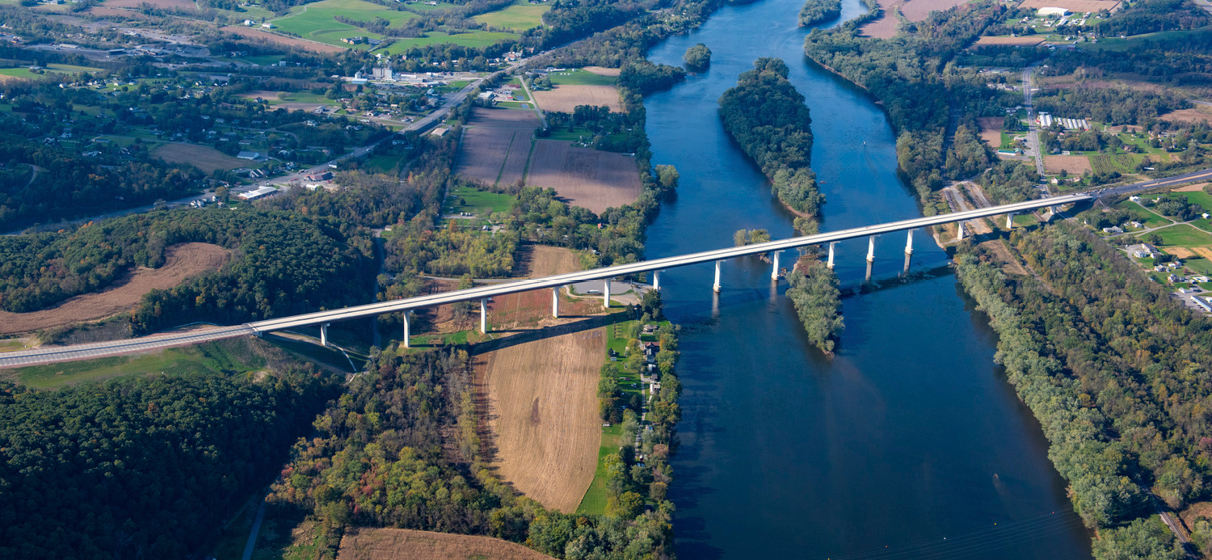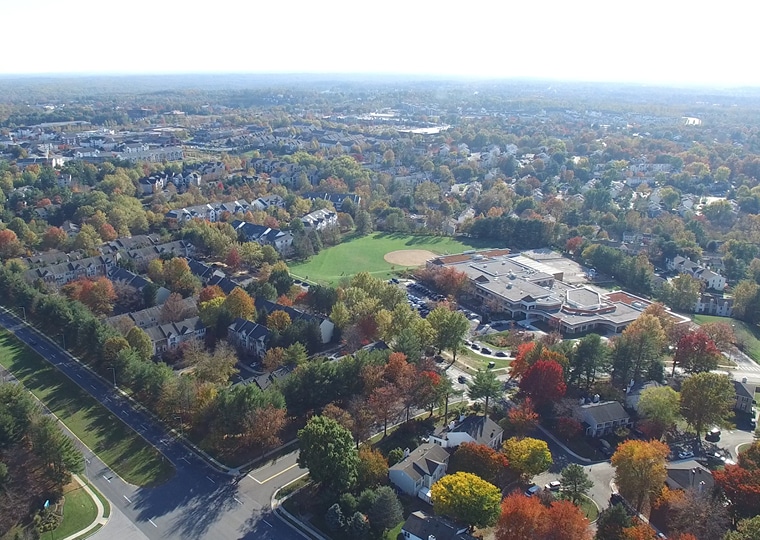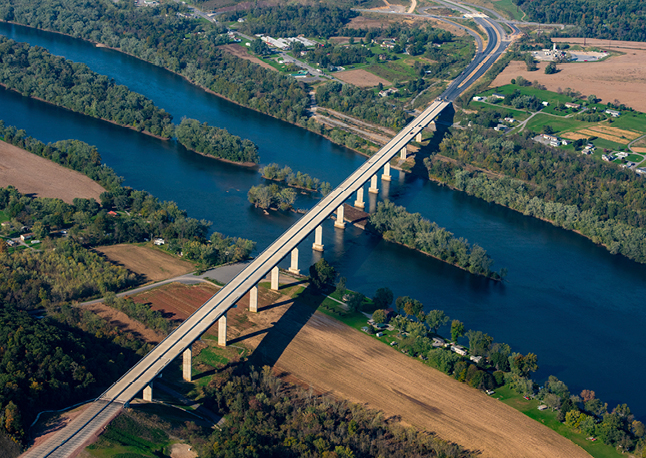The Central Susquehanna Valley Transportation (CSVT) Northern Section, located in Central Pennsylvania, may be known for reducing traffic congestion or its towering River Bridge. Yet, a little-known fact about the project is the women leadership behind its successful completion.
At the WTS Central Pennsylvania awards gala earlier this year, the organization celebrated the women engineers, designers, environmental experts and project managers who steered the project to its historic unveiling in July 2022. CSVT Northern Section project took home the organization’s Innovative Transportation Solution Award. WTS Central PA recognized STV, owner Pennsylvania Department of Transportation District 3-0 (PennDOT), and the project team for CSVT’s impact upon Central Pennsylvania.
STV served as the lead designer of the Northern Section project, first joining the program 25 years ago as a major subconsultant performing engineering studies and preliminary design for both the Northern and Southern Sections of CSVT. The 5.3-mile-long, four-lane limited access Northern Section highway and its River Bridge connect PA 147 in Northumberland County to US 15 in Union and Snyder Counties, helping to offload trucks and other through traffic from existing free-access roads.
In this roundtable, STV’s Barbara Hoehne, PE, the senior project manager for CSVT and Dorothy Daly, RLA, AICP, STV’s senior environmental manager who led CSVT’s in-house environmental team, are joined by PennDOT Project Manager Margaret Jackson, PE, to discuss the project’s significance to Central Pennsylvania and leading multidisciplinary, diverse teams.
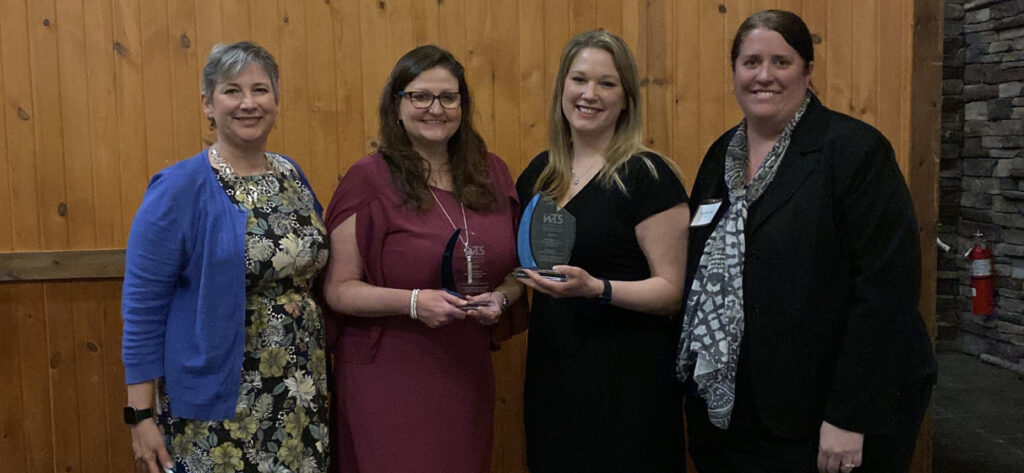
This project has been nearly 50 years in the making. What did it mean for each of you to be leading one of the most significant highway infrastructure projects in Central Pennsylvania?
Barbara Hoehne: Everyone on the team understood how much this project was going to impact the entire region. It is a transportation solution that was posed years ago, which meant we needed to be keenly attuned to how the region has changed, how traffic patterns evolved, and what our designs needed to address. I actually joined STV to specifically work on CSVT. It was a unique challenge for me to manage the final design for a project as consequential as this one—and as important to the surrounding communities as it was to PennDOT and our entire project team.
Margaret Jackson: The main reason I got into civil engineering was to work on bridges. I’d known about CSVT for years, it was almost a legend at PennDOT, but what really fascinated me was the 4,500-foot-long River Bridge that would play a central role in the Northern Section. I just knew that if the project came to fruition, I wanted to be part of it, so I continued to feed my passion for bridge design. Once we secured funding in 2013, I knew I couldn’t miss out on this opportunity to lead a project of this magnitude. With our core group at District 3-0, we knew we were going to rely on teamwork and coordination to bring CSVT to life.
Dorothy Daly: What stands out to me about CSVT is although there were so many disciplines coming together on one project, which is not uncommon for a project of this scale, everyone worked well together. From our geotechnical team to stormwater management experts and environmental/natural resource experts, CSVT is a testament to collaborative, balanced engineering design and diverse teams. As STV’s in-house environmental expert, I worked closely with the project’s environmental monitor, Skelly & Loy, on overseeing the project’s extensive research, planning and design for water resource permitting and mitigation.
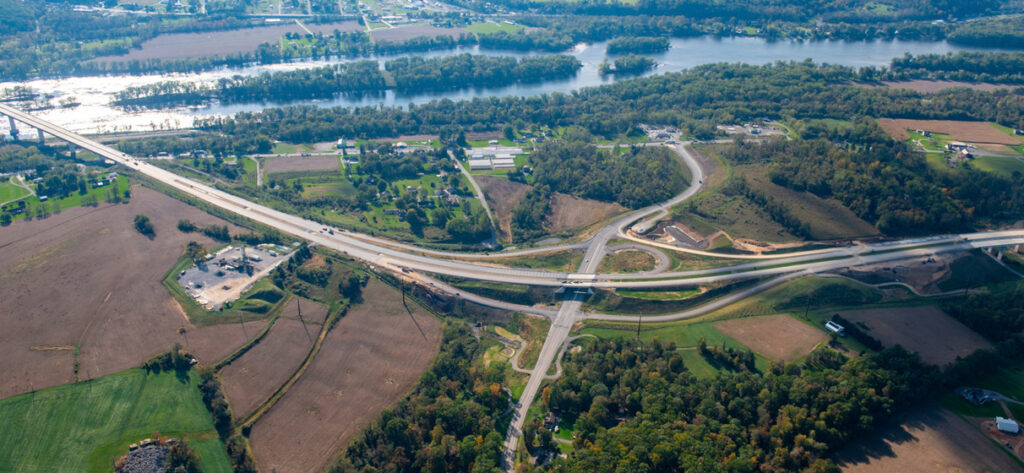
What were PennDOT’s goals for CSVT’s Northern Section?
Margaret Jackson: In the 90s, PennDOT conducted a purpose and needs study and found that over 90% of truck traffic and 50% of car traffic along existing primary roads were thru traffic. We needed to move these vehicles off the existing network and onto a new limited-access highway to improve congestion and safety, while accommodating growth in Central PA. Because the project also involved earthwork, we also wanted to minimize any waste and limit materials that were brought in, especially to not impact residents who live along the project site. It was an all-hands-on-deck process to coordinate with multiple municipalities, the public, various federal, state and local agencies, and our consultants to execute the Northern Section and the River Bridge.
Can you talk more about the project’s success thus far? The Northern Section opened to vehicles in July 2022, while construction is currently happening on the Southern Section. How has CSVT been benefiting the local communities over the past two years?
Margaret Jackson: PennDOT’s annual traffic counts in October 2022 and October 2023 showed that we are indeed reducing traffic, particularly truck traffic, along the existing roadway network. CSVT is doing exactly what it was intended to do and that’s very encouraging. Once the Southern Section opens, we’re anticipating relief through Shamokin Dam and PennDOT will continue to measure the project’s impact upon our communities.
Over the years, the project team has increasingly been led and staffed by women. Even though much has changed within the industry over the past decade, there are still fewer teams led by women. How do you think that has impacted the project, if at all?
Barbara Hoehne: When we were applying for this award, I have to say, it made me take a step back to think about the CSVT project from the perspective of its female leadership. I was quickly able to identify the many female leaders who contributed to the project. I’ve had so much opportunity in my career, and I’ve been fortunate that many of my colleagues are skilled engineers who happen to be women.
Dorothy Daly: CSVT is unique in our industry because we still don’t have a lot of projects that are led by women or that have as many women discipline leaders on their teams. When I first began my career, I was often, if not always, the sole woman on engineering teams, both in my roles in environmental science and planning work and landscape architecture. CSVT’s team evolved much since 2013, with women serving in multiple leadership roles, including Maggie, PennDOT district executive Sandra Tosca, to engineers from STV, Skelly and Loy, A.D. Marble, AGES, and NTM Engineering.
Margaret Jackson: It is always a goal for PennDOT to have diverse teams that support underutilized business enterprises. As a government entity, diversity is built into our contracting agreements. CSVT was no different. To use a pop culture reference: the Avengers would not be who they are without Black Widow, Scarlet Witch and Captain Marvel. CSVT would not be the same without Donna Newell and NTM Engineering’s hydraulics staff, Sandy Basehore and Skelly & Loy’s environmental team, and Barb Hoehne leading the final design of the Northern Section. The project presented complex challenges, so partnering with this diverse team made for an even greater impact on the project’s success.
Many of the project’s leads, from PennDOT to STV and other subconsultants like Skelly & Loy, have been working in the industry in Pennsylvania for years—many of you have worked together on projects previously. How did that factor into the team’s structure and collaboration, especially as newer team members joined?
Barbara Hoehne: We’ve all forged these relationships with each other over the years—we know each other’s expertise and that translates to how well we work together. CSVT brought together so many disciplines, from geotechnical to environmental and stormwater management experts, and I’m thrilled that WTS Central PA recognized not only this diversity of expertise but also the diversity of women who are the center of this project’s success.
Margaret Jackson: In many ways, this project has been career-defining for me. It was my first project management role in the district and in my career. We knew were going into unchartered territory, but luckily there was a core group of us at the District who understood the project’s history and what we needed to accomplish in terms of coordinating our teams and key phases. That translated well into our partnership with a large consultant team because we were all unified under a shared vision and collaborative effort.
